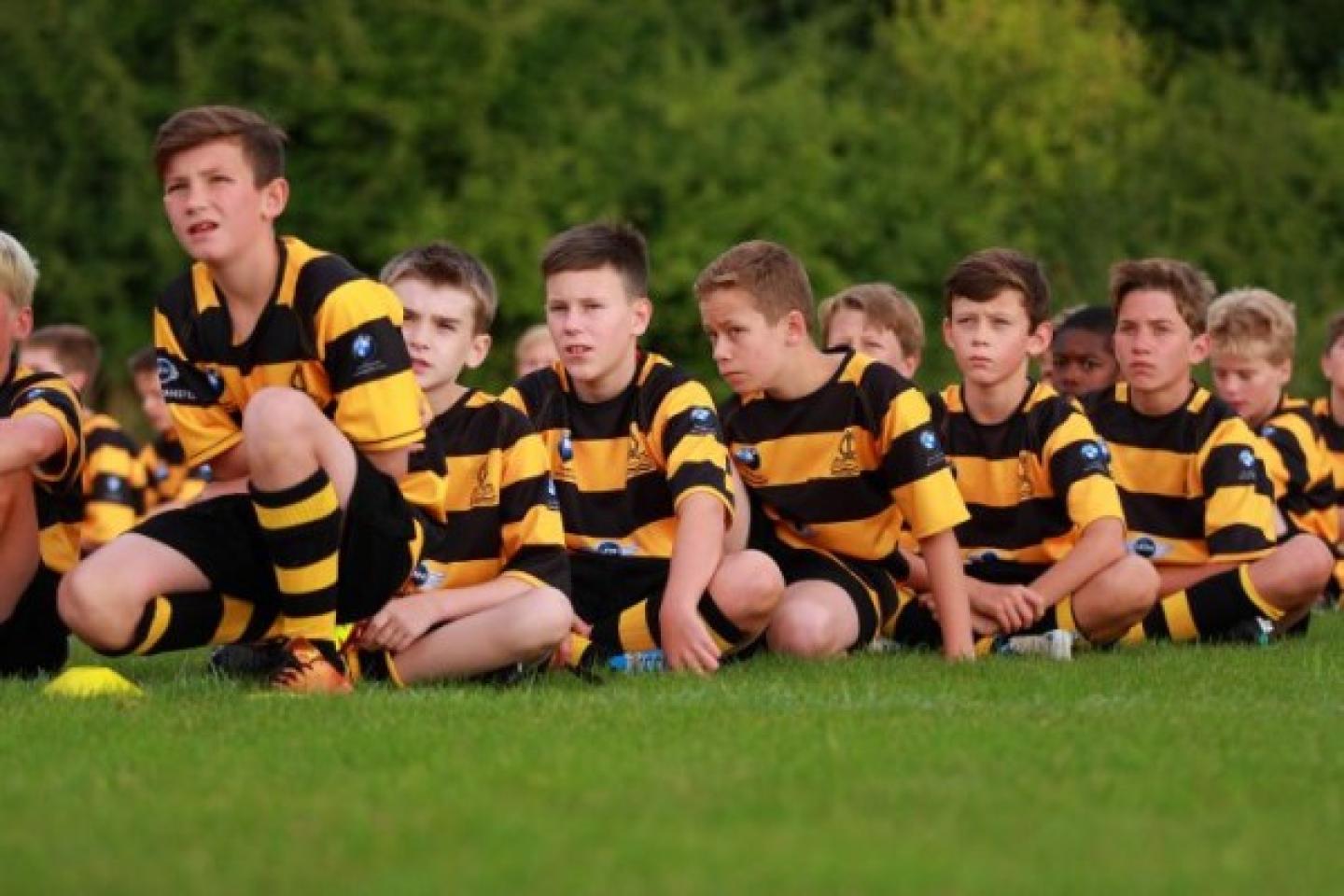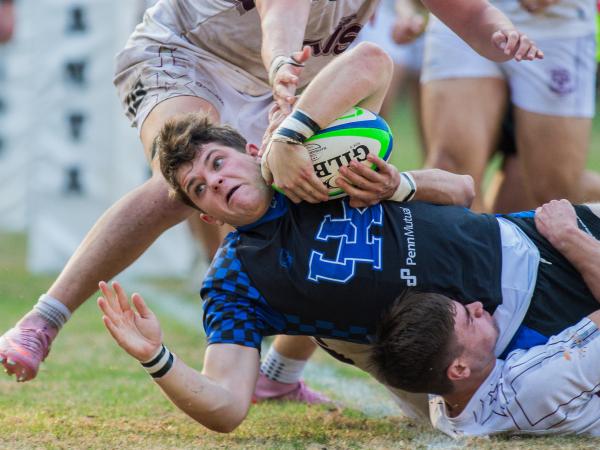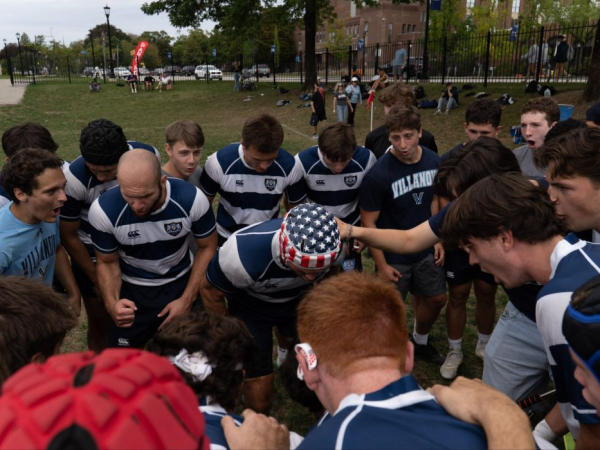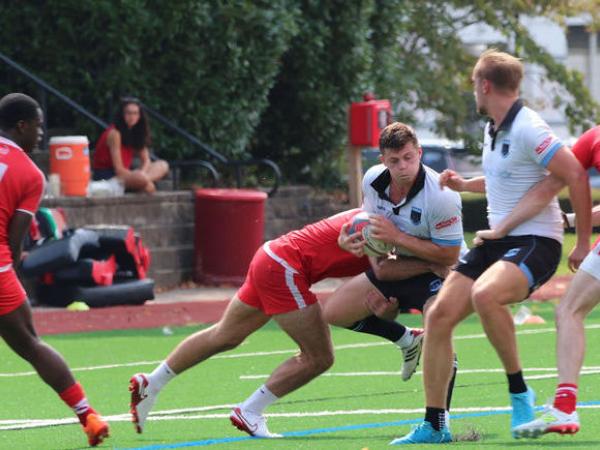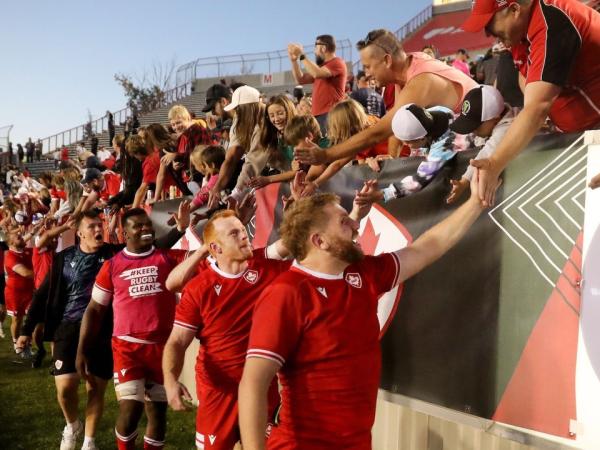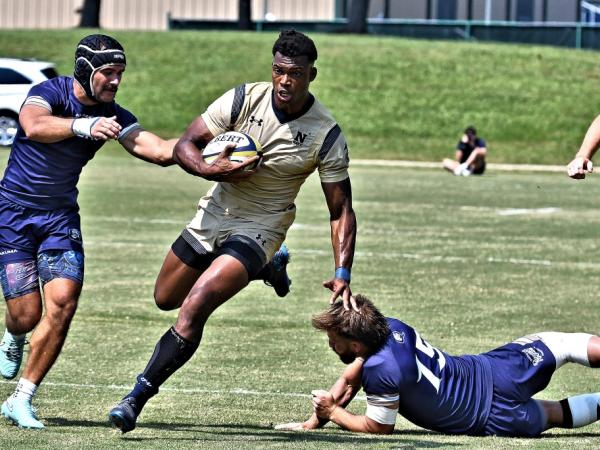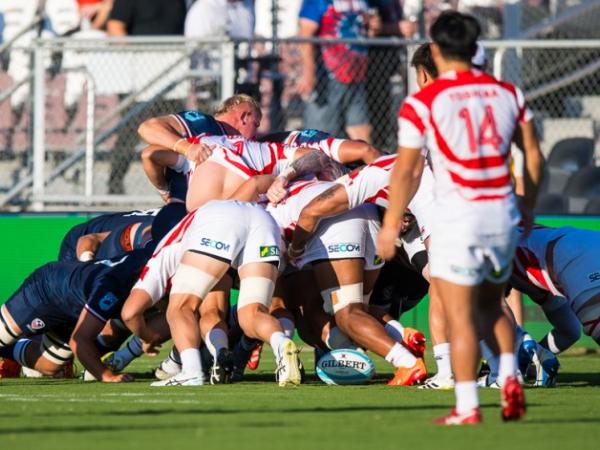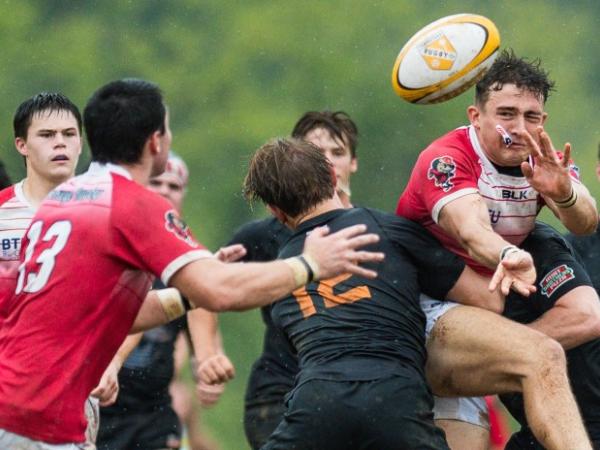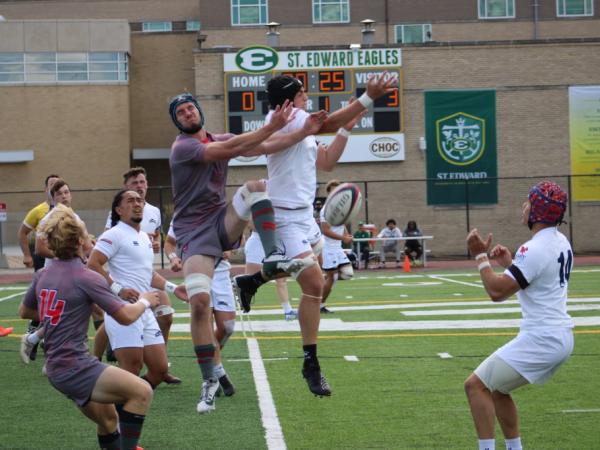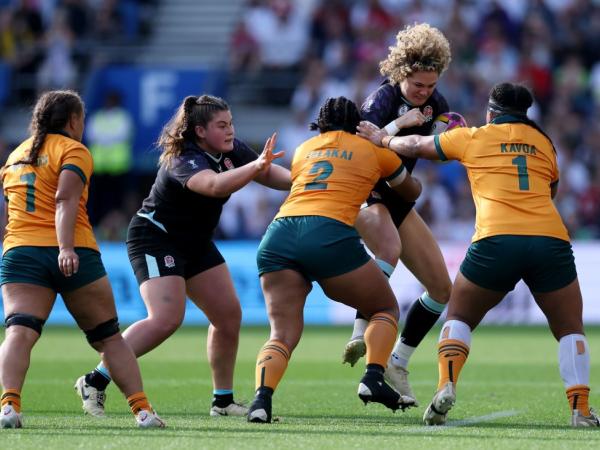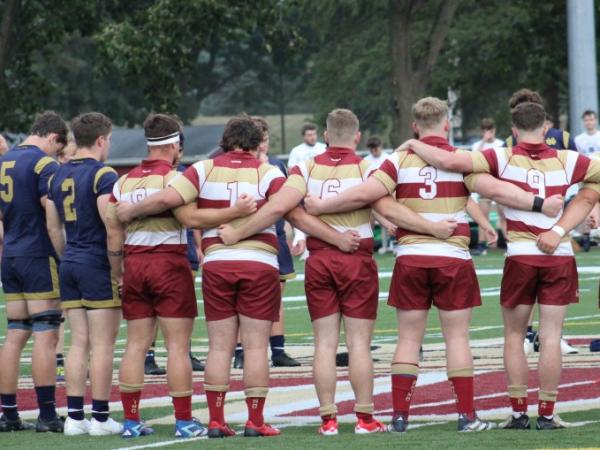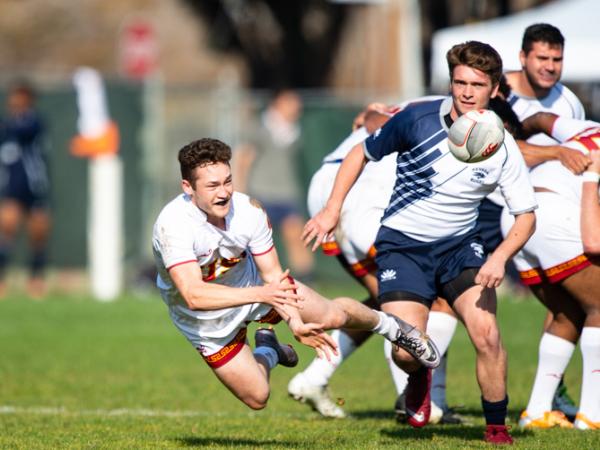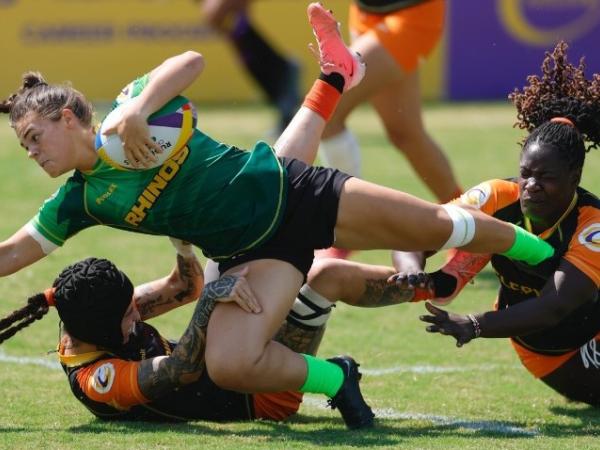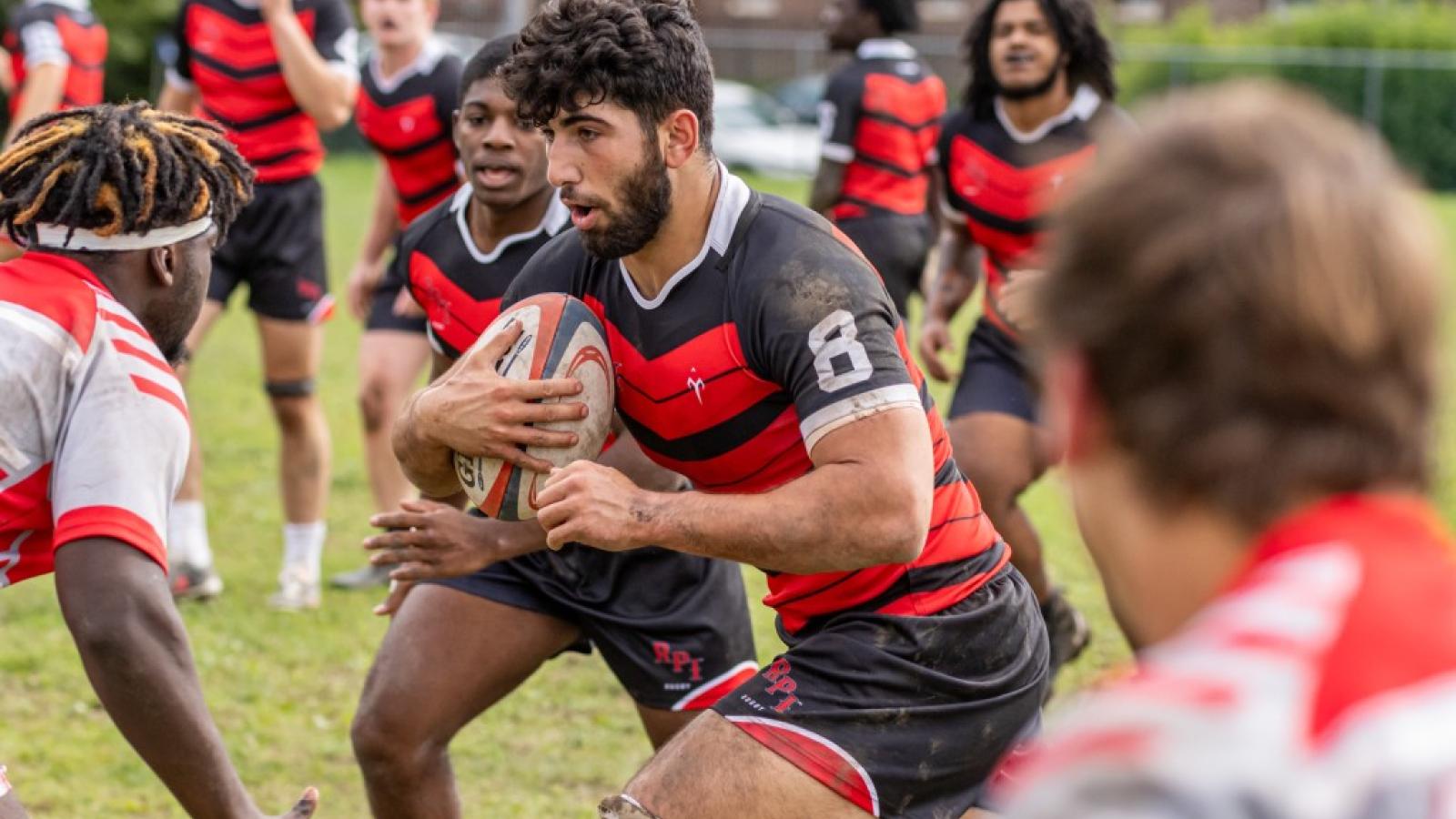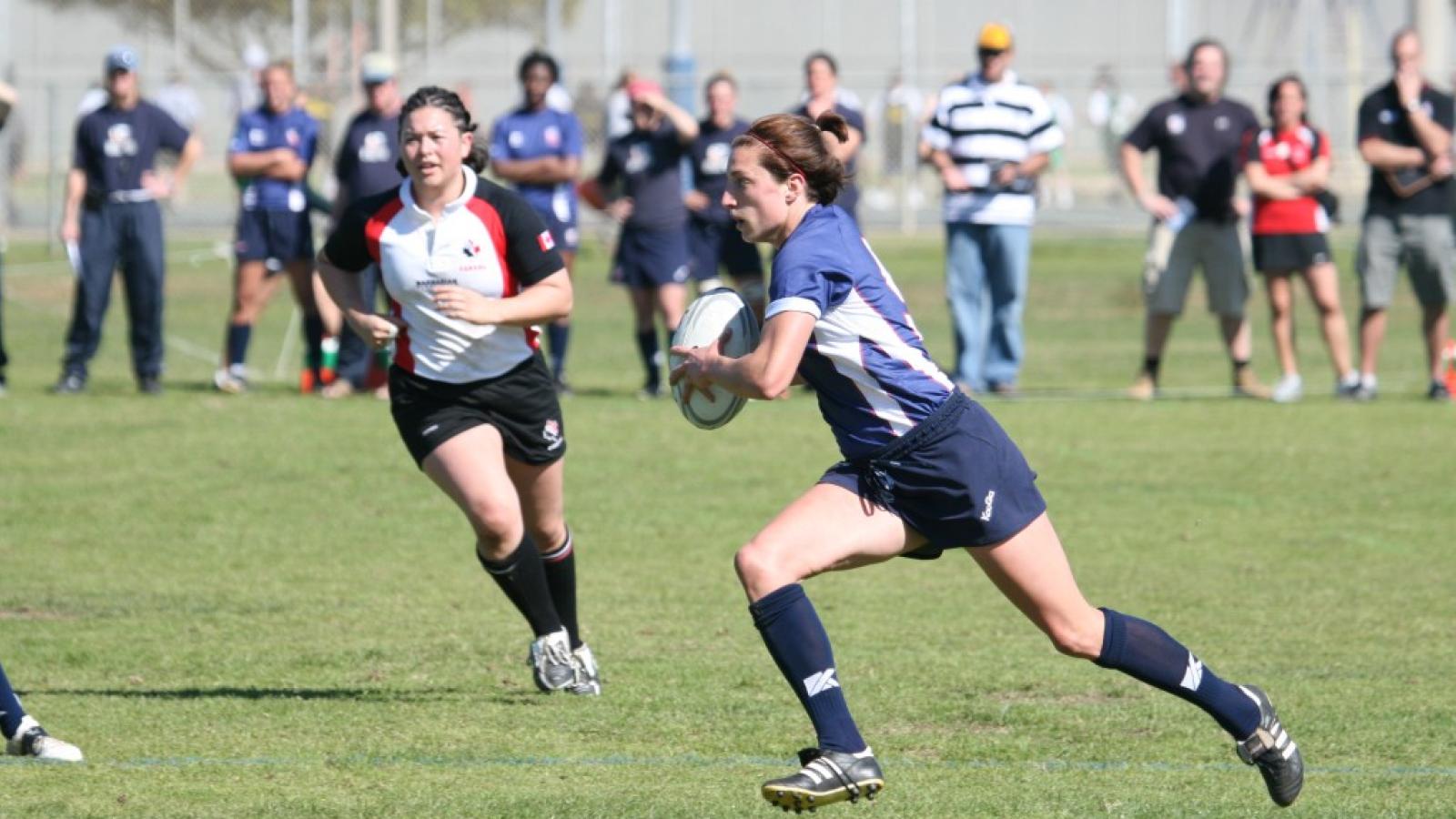When USA Rugby stopped running a Boys National HS Championships and a new, privately run invitational was formed instead, the panel of teams involved voted to liberalize the substitution rules.
Too often, they reasoned, a team is winning an early-round game handily, and would have liked to run on some younger players - maybe to ease the pain for the losing side, and also to get a game for players who had made the trip to nationals with scant expectation of playing time.
The idea met with widespread approval. The championship game still follows the regular rules regarding squad size (23 with at least three front-rowers), but the earlier matches allow for maximum player usage which encourages participation, safety, and reduces blowouts.
So, why not extend that to high school rugby everywhere? While many high school rugby teams are small, and for some having much of a bench at all is a luxury, others have massive squads of players itching to get on the field. If your team is winning by 50 at halftime shouldn't you be allowed to run on some younger kids and make it more of a game in the second half?
Some might say this undercuts one of the great things about rugby - that it’s a slog and that game fitness matters. And even though substitution laws have changed over time - it used to be there were no subs at all, then one, and bit by bit the benches have expanded - there’s still something to the idea that rugby is, in part, a test of endurance.
But does it have to be at the high school level?
“The idea of a kid practicing all week to just play 5-10 minutes at the end of a game is in direct conflict with the purpose of youth sports,” said Matt Persanis, who runs the Pelham (N.Y.) youth program, which is entering U18 play this year. “The better players are recognized by getting the start but the development of all players is furthered by allowing rotating subs. Everyone gets ample game time and it allows coaches to mix in a new player while still fielding a competitive team.”
Persanis is a former coach of NYAC, and his youth team, Pelham, has a playing partnership with Manhattan Rugby Club, run by former NYAC player Christian Mayo. Mayo agrees with the rotating subs idea, and the two teams have expanded their relationship to include several other programs. The Metro NY Youth Rugby League uses rule variations at different age levels, and at the U16 and U18 levels, they use rotating subs.
“The purpose of Youth Rugby, and in the USA we must include High School Rugby in that, is to introduce kids to the game, not exclude them,” said Persanis.
The Metro isn’t the only competition to liberalize substitution rules. In Southern California, they don’t use rotating subs, but they use something similar.
In SoCal league games, you name your squad of 23 players for a match. You can then sub in seven of the eight-player bench in each half. So in your first 35 minutes, let’s say your starters build a big lead, and are up 28-0 by the 25th minute. You could run on seven subs for the final ten minutes of the half.
Then, for the second half, you start over with your starting lineup for the second half. It could be the 15 you started the game with, or the 15 you ended the 1st half with. Or any combination. But you again have seven subs to use in the second half. So if your subs in the first half start to struggle and it’s 28-17 at halftime, maybe you bring back some players you subbed off.
“At the U8, U10, and U12 levels we have open substitutions,” said Santa Monica Director of Youth Rugby Killian Kerwin. “Then from U14 on up we use this variation, and it’s been very well received. It frees you up to get some players time if you’re winning by a big margin, partly because if you are in danger of losing the game with your subs, you can bring some starters back in. It gives you options.”
The only complication would be if a team of players isn’t as fit as they could be. Consider a close game between two teams where Team A has a strong starting 15 that is good, but not fit, and a poor bench, and Team B is not as good over 20 minutes, but hopes to wear down the opposition. Team A could run up a lead, sub in some players to give the starters a rest, and then put the starters back in to win it, but using regular sub rules, Team B would finish the stronger and win the game.
Kerwin said there are coaches who try to game the system, such as keeping a prop on the bench until it’s time for a scrum, or subbing in a kicker at a key moment. But overall, those types of things are rare.
In Tennessee, rolling subs have been standard operating procedure for some years. There is no limit to substitutions and a player can re-enter a game after being subbed out.
According to Marty Bradley, the difficulty in that plan is keeping track of all of the subs, but since every game in Tennessee is handled by a ref and two assistant referees, it’s been a little easier. Once Rugby Tennessee play enters the playoffs, the sub rules revert to standard IRB rules.
“It allows more playing time and actually can make for a better game since a team can sub way down when they have the game in hand and let his younger kids play that wouldn’t have been in the 23,” said Bradley. “Plus the referee can suggest the coach sub out a player that may be a bit over-aggressive so that he can be talked to about proper play and he doesn’t have to be carded. As a referee, many times I’ve gone by a coach and told him he may want to sub out a specific player and have a chat about his behavior. The coach knows that means, that the kid is about to get carded, so he saves the day with a sub and a conversation.”
There are also medical reasons to use this rule. Bradley says he frequently has diabetic players on his team, and if they are encountering a blood sugar issue, that player can be brought off, checked, and potentially sent back out when he’s ready.
USA Rugby’s official position on open subs is no position at all. Kurt Weaver, USA Rugby’s head of youth and high school, says it’s a state-by-state decision, and he understands both sides of the debate. Yet it’s interesting to note that even in states where there is no open sub rule, there’s support for it.
“I’ve always been in favor of unlimited substitutions in high school rugby – both 7s and 15s,” said Steve Brennan, who coaches the Seattle Vikings and is the new program director for the Rugby Washington select side program. “It allows teams to get everyone game time and provides a mechanism for reducing blowouts.”
Brennan, however, stopped short of allowing players to rotate in and out of a game like football or basketball.
“Not only does that eliminate the need for a high level of fitness on the part of players (one of the aspects of rugby I really enjoy and differentiates it from football), it offers the potential to change the nature of the game entirely,” said Brennan. “For example, a team could have a massive prop who is otherwise not rugby fit come in as an impact player for scrums and then come off. To me it is important to preserve the element of fitness in a game – where one team can win by simply wearing down the other over 70 minutes with superior fitness.”
That’s where the Southern California plan comes in - allowing a player to go in or out once each half.
Using liberalized substitution rules in high school rugby, even in league games at the top level, recognizes that high school rugby is still a developmental tool. Most who support the idea do so because they want more playing opportunity for players, and they want to avoid weaker teams being routed.
But it does come down to a league-by-league decision, and it seems different competitions are testing a variety of ideas.






